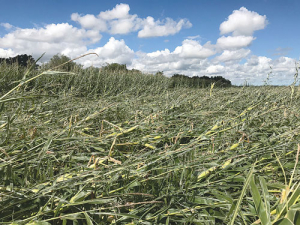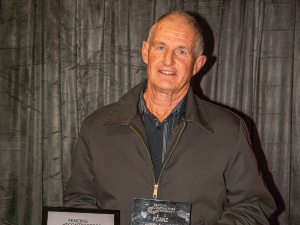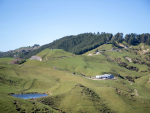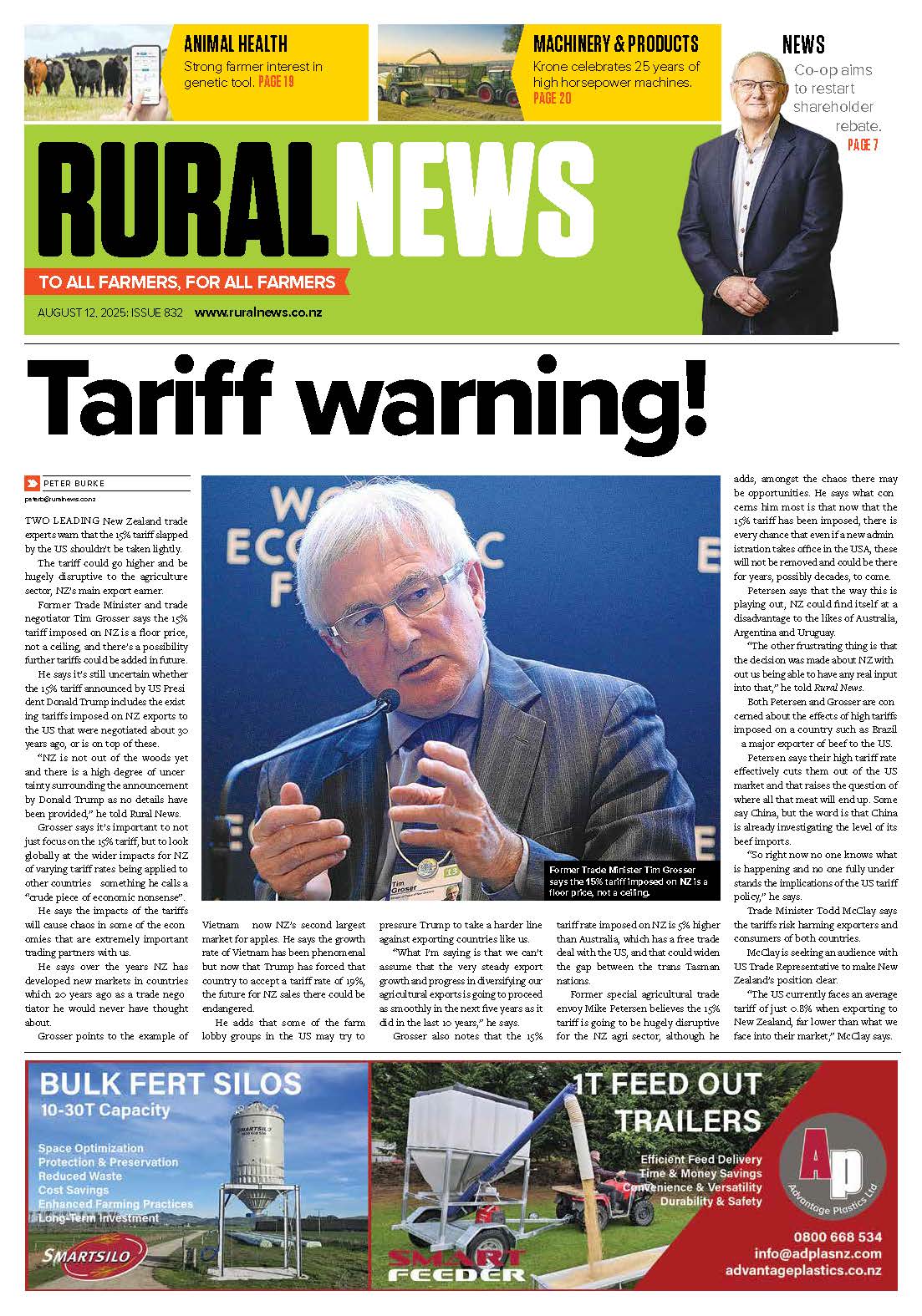But farmers have been urged not to be too worried by the flattened plantations. Maize trader Pioneer says the crop was a reasonably resilient plant, often surviving serious wind events.
Pioneer regional manager Taranaki and Rangitikei David McDonald want farmers to “calmly assess” and categorise how much of the paddock was affected, and the severity of the damage, before jumping to conclusions.
“Crop growth stage will have an impact on how the crop quality and yield will be affected,” McDonald says.
“Plants affected at later stages of grain filling development may not be affected as much as if it was during early grain filling.”
Pioneer Taranaki area manager Kim Sharpe says she had seen a varying degree of crop damage across Taranaki farms, but in most cases time would set right the damage.
“I’ve seen a lot of maize on the ground, but it hasn’t snapped; if stems are bent but upper plants have straightened vertically (goose necking), plants will likely still be able to transport water and nutrients and should continue to mature, albeit at a slower rate,” Sharpe says.
“It’s important for farmers to give the crop time to respond and recover, and in most cases it will still go through its process; it just takes time.
“The key thing is acknowledging that every crop is different, and we are ahead of the game this season, which is an advantage.”
This season’s higher than average temperatures meant most crops had matured early and were nearing harvest time, but McDonald says farmers still have a wide window in which to harvest crops.
“From now, farmers still have a good two to three-month window to harvest before crops become too dry,” he says.
“Talking to your contractor is crucial, as there will be some differences in how they harvest maize that is lying down.
“It is recommended to harvest in the direction going into the crop, or diagonally. Some contractors may have different heads or fronts that more easily pick maize up off the ground. “
McDonald says for farmers a key thing to remember is that the harvesting process is going to be a lot slower than usual: instead of contractors harvesting up to 4ha/hour, some may be limited to harvesting around 1ha/hour.

















